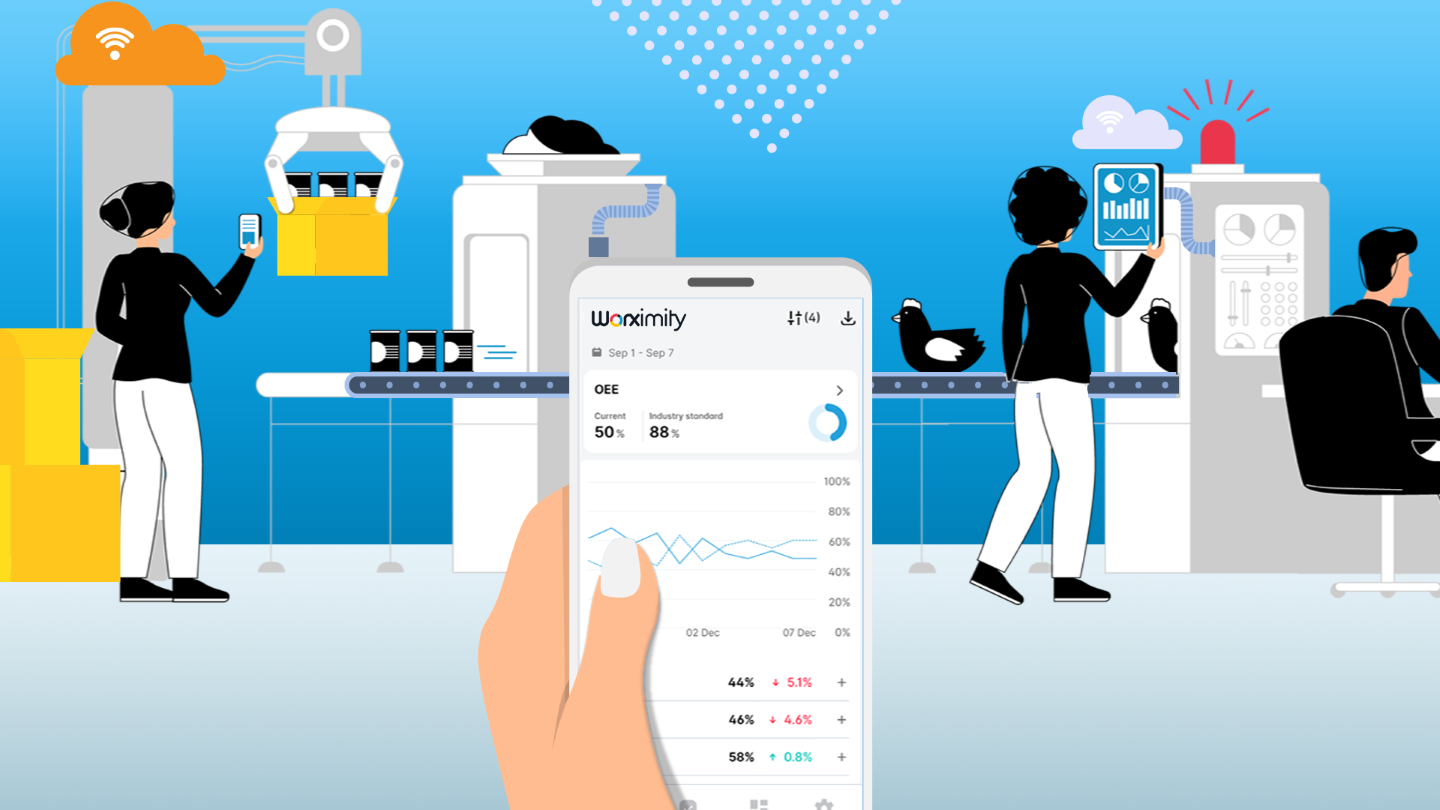A good way to think of theIndustrial Internet of Things (IIoT)is as an ever-expanding toolset to improve your operations. IIOT devices, such as industrial sensors, actuators, motors and controllers, are able to pass along safely and securely vital information that can help your plant run more efficiently and cost effectively.
"Putting the right information in the hands of owners, operators and engineers will allow decisions and actions to increase efficiency and productivity and lower operating costs."
Food Engineering presents a very detailed article on How IIoT affects food processing. We decided to assemble the most interesting quote in this article (for the full article, click on the link at the bottom of this article)
How can IIoT help?
"Agropur implemented an integrated control and information system and now has access to real-time production data, which has eliminated more than 2,500 hours of manual data collection and improved OEE.
Through digital transformation at Maple Leaf Foods’ Heritage (Hamilton, ON) meat facility, various improvements became apparent. Maple Leaf Foods reduced downtime and improved response times in a 400,000-sq.-ft. facility that produces 450,000 lbs. of protein daily. Mobility, analytics and KPI dashboards are now used to visualize relevant performance metrics and identify critical problems in real time, transforming how Maple Leaf Foods’ employees operate for increased efficiency and lower cost."
What can IIoT do for you?
"Over the last 10 years, industry hasn’t kept up, making it difficult to manage performance, especially the performance of industrial assets checked on artificial schedules. Even the price of energy changes every 15 minutes for some manufacturers, so getting control over costs, efficiency and performance is crucial to keeping up with business."
A well-configured IIoT business optimization process includes:
- Discovery—Use the discovery environment from IIoT devices to transform potentially millions of events into meaningful observations and send these to business applications.
- Action—Received observations can be acted upon either by prescriptive automated action or human-in-the-loop workflows when further analysis is required.
- Optimization—Once IIoT-driven business processes are operational, it becomes possible to easily implement further business optimization, new products, services and strategies.
The role of sensors
"Current technology allows collection from all kinds of digital sensors, but what makes data valuable is how an IIoT system acquires data from on-premises facilities.
The data you need to collect will depend on the needs of your organization, but typically, that data should have an impact on one or two key areas of your business, e.g., quality or efficiency.
Monitoring can be done remotely, and in case of a failure, a notification can be sent to an individual or a group which is responsible to decide what action should be taken. Artificial intelligence could also play a role in making a predetermination of action.
By utilizing wireless instrumentation, users can gather data on a continuous basis, improving data reliability and confidence, while also reducing the expense and risk of sending personnel into the field for manual data collection. Utilizing this data in analytics and modeling tools, including predictive analytics, enables users to determine the overall health of assets to make better, more informed decisions about maintenance, energy usage and performance."
SOURCE AND READ FULL ARTICLE: https://www.foodengineeringmag.com/articles/97170-how-the-industrial-internet-of-things-is-affecting-food-processing?v=preview







